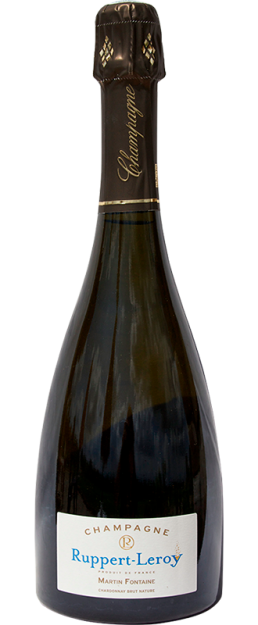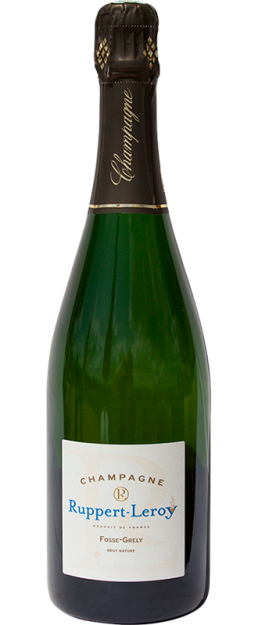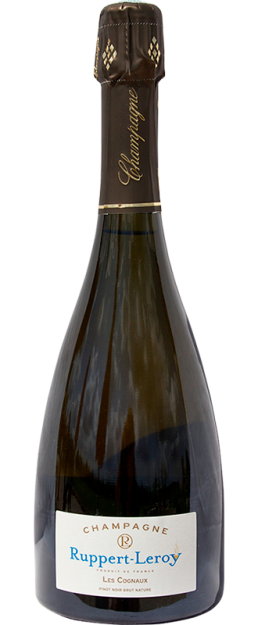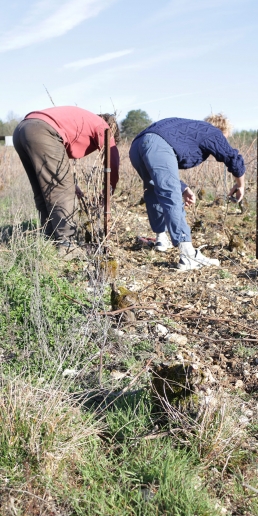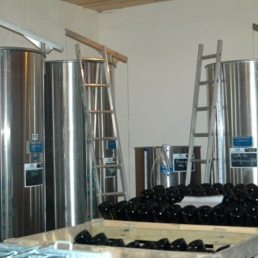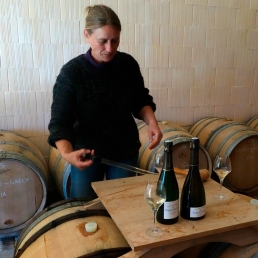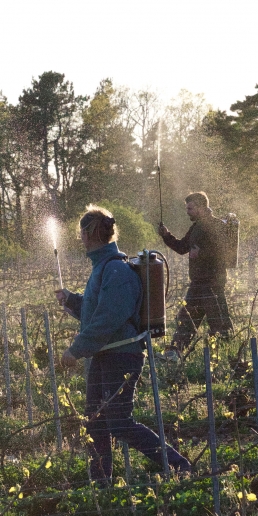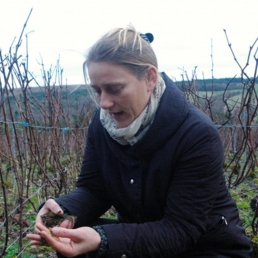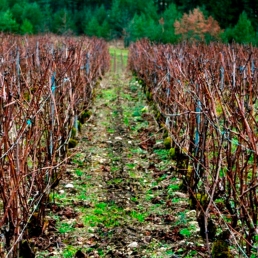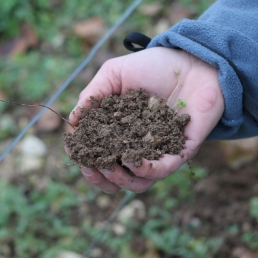The estate is located in Aube, on the southern border of the Champagne region. Here, a new generation of winemakers stands out of the traditional producers of Champagne. They carry with them the initiative to preserve the expression of terroir by putting aside the so-called conventional viticulture practices. This vision is embodied by Gérard Ruppert and his daughter Benedicte Leroy, whose vines are preserved by bold biodynamic principles. The Ruppert-Leroy farm lies on the southern edge of the appellation, near the village of Essoyes, far from Reims and its splendid houses. Their geographical location places them just five kilometers from the Burgundy wine region.
The story begins in the seventies when Gerard Ruppert receives his doctorate in philosophy. Rather than engaging in his field, he makes a return to the land by starting to raise sheep. In the eighties, Ruppert decides to plant half-an-acre of vines. At the time, most of the other winemakers treated vines with chemicals. Ruppert however, cultivated according to the principles of organic farming. Until retirement, Gérard Ruppert sold the fruit of his work at the local co-operative. Today, his daughter and his son-in-law took over the four-hectare estate and produce their own wines under the name Ruppert-Leroy.
A few years ago, Benedicte and Manu converted their vineyard to biodynamic farming. They surround themselves with strong supporters of the natural wines of France movement such as Jules Chauvet, Pierre Overnoy and Bertrand Goutherot from Vouette and Sorbée. With the help of their network, they experimented several approaches that could match their winemaking style. The couple associates the quality of their wines to the quality of their grapes.
Their approach is the result of their stubbornness to maintain a blooming soil and an authentic and healthy viticulture. Everything has been studied, from the aging to the use sulfur. They recently built a new brick cellar, with a straw-insulated wooden roof. These materials allow the wine to breathe better during aging. They also rethought the delivery of the berries to the cellar in order to reduce transfer times. Therefore, the risk of pre-fermentation oxidation is minimized, reducing the need to use sulfur.


